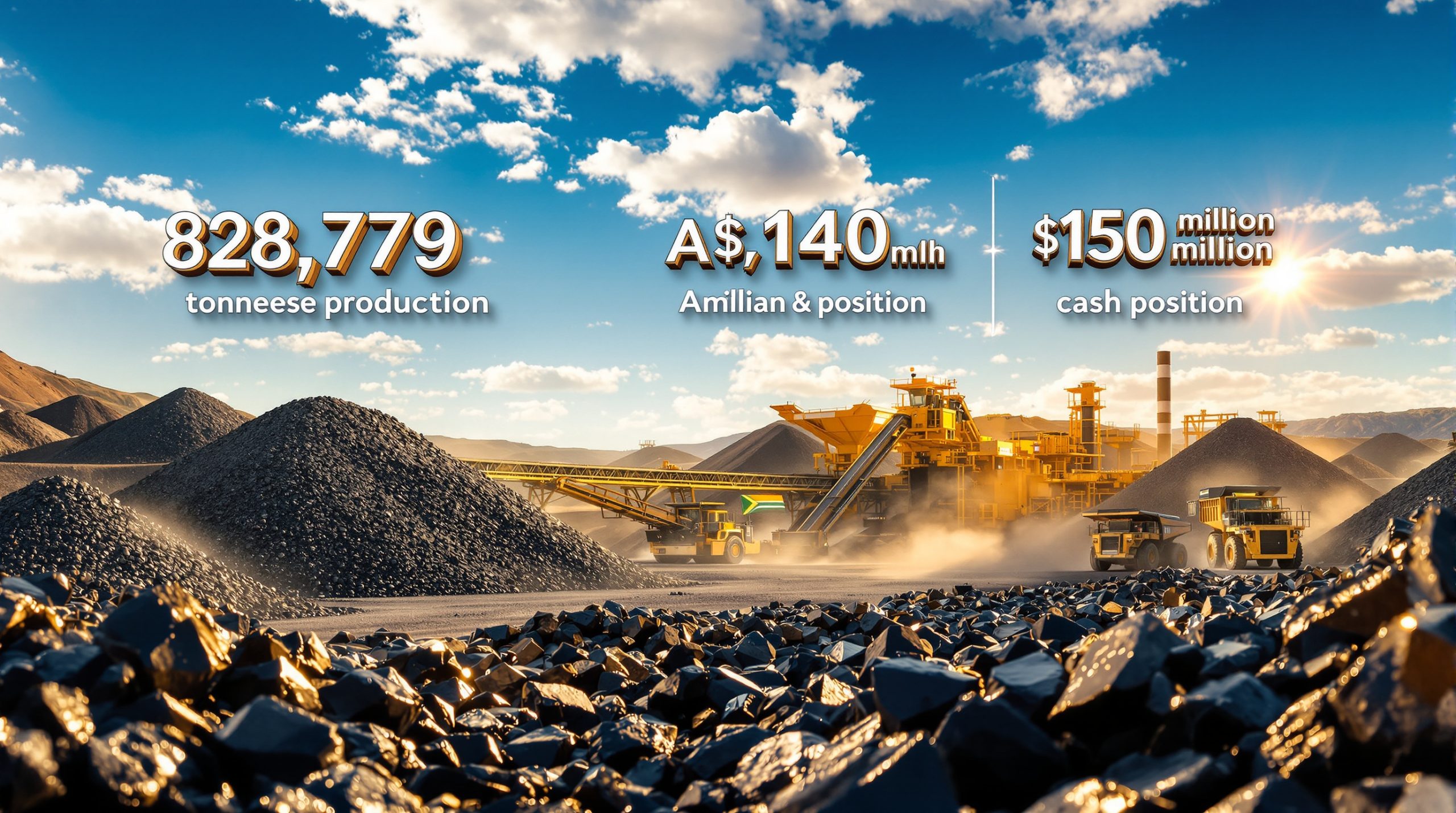Understanding Today's Crude Oil Prices: A Comprehensive Analysis
The global crude oil market is experiencing significant volatility as of April 2025, driven by geopolitical tensions, production adjustments, and shifting demand dynamics. West Texas Intermediate (WTI) crude trades at $60.80 per barrel, reflecting a marginal 0.16% gain, while Brent crude has dipped to $64.12 (-0.14%). Dramatic declines are observed in regional benchmarks, such as Louisiana Light (-8.95%) and the OPEC Basket (-12.08%), signaling broader market instability. This report examines the factors underpinning these trends, including U.S.-Iran sanctions, OPEC+ production strategies, and economic policies, while assessing their implications for global commodity insights and pricing.
What Are the Current Crude Oil Prices?
Latest Price Updates
As of April 2025, WTI crude stands at $60.80 per barrel, marking a slight increase of 0.16%, while Brent crude has declined to $64.12 (-0.14%). Regional benchmarks show sharper contractions: Murban crude fell 0.31% to $65.33, Louisiana Light plummeted 8.95% to $63.40, and the OPEC Basket collapsed by 12.08% to $66.25. Natural gas prices also retreated, dropping 2.63% to $3.559 per million British thermal units (MMBtu). These movements underscore the fragility of energy markets amid overlapping supply and demand shocks.
Key Price Movements
The marginal uptick in WTI contrasts with broader declines, reflecting regional disparities in production costs and export capacities. Canadian crudes, such as Western Canadian Select, trade at a steep discount of $48.35 (-2.60%), while premium grades like Bonny Light maintain relative stability at $78.62 (-2.84%). The 10.24% drop in Oklahoma Sweet crude highlights localized oversupply in U.S. shale basins, exacerbated by logistical bottlenecks. Such differentials emphasize the importance of quality, sulfur content, and transportation infrastructure in determining regional pricing.
Why Are Oil Prices Falling?
Recent Market Triggers
The Biden administration's proposed tariffs on Chinese goods, coupled with OPEC+'s decision to increase production by 138,000 barrels per day (bpd) in May 2025, have injected uncertainty into markets. Goldman Sachs revised its 2026 oil price forecast to below $60 per barrel, citing weakening demand and inflationary pressures, while Citi slashed its short-term Brent projection to $60. Russia's Urals crude, trading near $50, reflects the "extremely turbulent" conditions in European markets, compounded by U.S. sanctions on Iranian oil exports.
Expert Analysis
According to Jorge León of Rystad Energy, OPEC+'s production boost aims to offset potential losses from Iranian exports, which reached 1.5 million bpd in January 2025. He notes that the cartel's strategy creates a "favorable environment" for stricter U.S. sanctions on Tehran, though Chinese compliance remains uncertain. Concurrently, U.S. energy stocks, including ExxonMobil and Chevron, have declined by 7–9% month-over-month, reflecting investor skepticism about near-term profitability. Recent analyses from Oil Price suggest this trend may continue throughout 2025.
How Are Geopolitical Factors Affecting Oil Prices?
US-Iran Tensions
The U.S. intensified sanctions targeting Chinese "teapot" refineries processing Iranian crude, aiming to curb Tehran's revenue and force nuclear deal renegotiations. However, China—the destination for 95% of Iran's exports—has yet to significantly reduce imports, undermining the efficacy of these measures. Rystad Energy warns that disrupting this supply could remove 1.5 million bpd from global markets, though OPEC+'s surplus capacity may mitigate shortages.
OPEC+ Production Decisions
OPEC+'s March 2025 output fell by 110,000 bpd, per a Reuters survey, as Saudi Arabia slashed prices ahead of its planned May production hike. This tactical adjustment seeks to balance market share retention with price stabilization, particularly as U.S. shale producers face breakeven costs near $60 per barrel. The group's ability to offset Iranian supply losses will depend on compliance from Russia and Iraq, both grappling with budget deficits.
Global Trade Tensions
Trump's energy policies have rattled energy markets, with analysts forecasting a 3–5% reduction in global oil demand if implemented. Retaliatory measures, such as China's resale of U.S. LNG cargoes, threaten to exacerbate oversupply, while Mexico's push to expand fracking aims to reduce its reliance on American natural gas. These developments highlight the interconnectedness of trade policy and energy economics.
What's Happening with Different Oil Benchmarks?
North American Oil Prices
WTI's $3.32 discount to Brent reflects ample U.S. inventories and pipeline constraints, particularly in the Permian Basin. Eagle Ford crude's 9.85% decline to $57.18 underscores the vulnerability of shale producers to price swings, while Western Canadian Select's $48.35 per barrel highlights the cost disadvantages of landlocked heavy crude.
International Oil Prices
Brent's relative resilience at $64.12 stems from its role as the global pricing benchmark, linked to freely traded seaborne crude. By contrast, niche grades like Saharan Blend (-2.16%) and Iran Heavy (-2.26%) face steeper discounts due to quality variances and geopolitical risks. The widening Brent-WTI spread may incentivize U.S. exports, albeit limited by refinery configurations optimized for heavier grades. According to Market Index, these configurations will continue to influence crude oil prices today and in the coming months.
Price Differentials Analysis
Regional price gaps are influenced by sulfur content, API gravity, and transportation costs. For instance, Bonny Light's $78.62 price reflects its low sulfur content and proximity to European refineries, whereas Canadian crudes suffer discounts due to pipeline bottlenecks and higher extraction costs. These differentials underscore the importance of infrastructure investment in stabilizing regional markets.
How Are Oil Companies Responding to Current Prices?
Industry Reactions
Diamondback Energy has sought White House clarification on regulatory timelines for shale projects, fearing prolonged price depression. BP's chair resigned amid pressure from Elliott Management, while Phillips 66 resisted similar activist campaigns. ExxonMobil projects a $2 billion Q1 profit boost from refining margins, highlighting the divergent fortunes of upstream and downstream sectors.
Investment and Development
Stonepeak's $5.7 billion investment in Woodside's Louisiana LNG project signals confidence in long-term gas demand, despite current price slumps. Brookfield's acquisition of Colonial Pipeline underscores the strategic value of midstream assets, while Alaska's oil-driven job growth (+12% YoY) reflects regional resilience to price volatility. The BOEM's 2025 offshore lease sale aims to reinforce U.S. energy dominance, though environmental opposition persists. Investors are increasingly turning to geopolitical investor strategies to navigate these complex market conditions.
What's the Outlook for Crude Oil Prices?
Analyst Forecasts
Goldman Sachs anticipates Brent averaging $58–$62 through 2026, weighed by renewable energy adoption and electric vehicle penetration. Citi's $60 short-term forecast assumes moderate OPEC+ compliance and a U.S.-China tariff truce. However, Rystad Energy warns that sustained prices below $60 could force 15–20% of U.S. shale producers into bankruptcy, destabilizing global supply.
Market Indicators
China's independent refiners increased utilization rates to 78% in March 2025, capitalizing on discounted Iranian crude. South Korea's push for more U.S. LNG imports aims to correct trade imbalances, while Mexico's fracking ambitions could add 500,000 bpd to North American output by 2027. Conversely, the global coal fleet's expansion (+2.1% YoY) threatens to undermine emission reduction goals, complicating energy transition narratives. Analysts are closely watching how Trump's market reshaping efforts will impact crude oil prices today and future investment in the sector.
FAQs About Crude Oil Prices
What factors influence daily crude oil prices?
Daily prices are shaped by geopolitical events, inventory data, currency fluctuations, and OPEC+ decisions. The April 2025 downturn reflects U.S. tariff threats, OPEC+ overproduction, and weakening Asian demand.
How do different crude oil benchmarks compare?
Benchmarks vary by quality and location: WTI (light, sweet, U.S. inland), Brent (North Sea, waterborne), and OPEC Basket (heavier, blended). Brent's premium stems from its global pricing role.
How are US sanctions on Iran affecting global oil markets?
Sanctions target Chinese refiners to curb Iran's 1.5 million bpd exports. Success hinges on China's compliance, while OPEC+'s surplus aims to offset disruptions.
What is the relationship between OPEC+ decisions and oil prices?
OPEC+ supply changes directly impact prices. Their May 2025 production hike aims to stabilize markets amid Iranian risks, balancing member states' fiscal needs with global demand. This relationship is becoming increasingly important in the emerging commodity super-cycle trends we're witnessing.
Ready to Invest in the Next Major Resource Opportunity?
Discover how significant mineral findings can lead to exceptional returns by exploring Discovery Alert's dedicated discoveries page, where proprietary Discovery IQ technology delivers real-time ASX alerts on potentially transformative opportunities before the broader market reacts.




